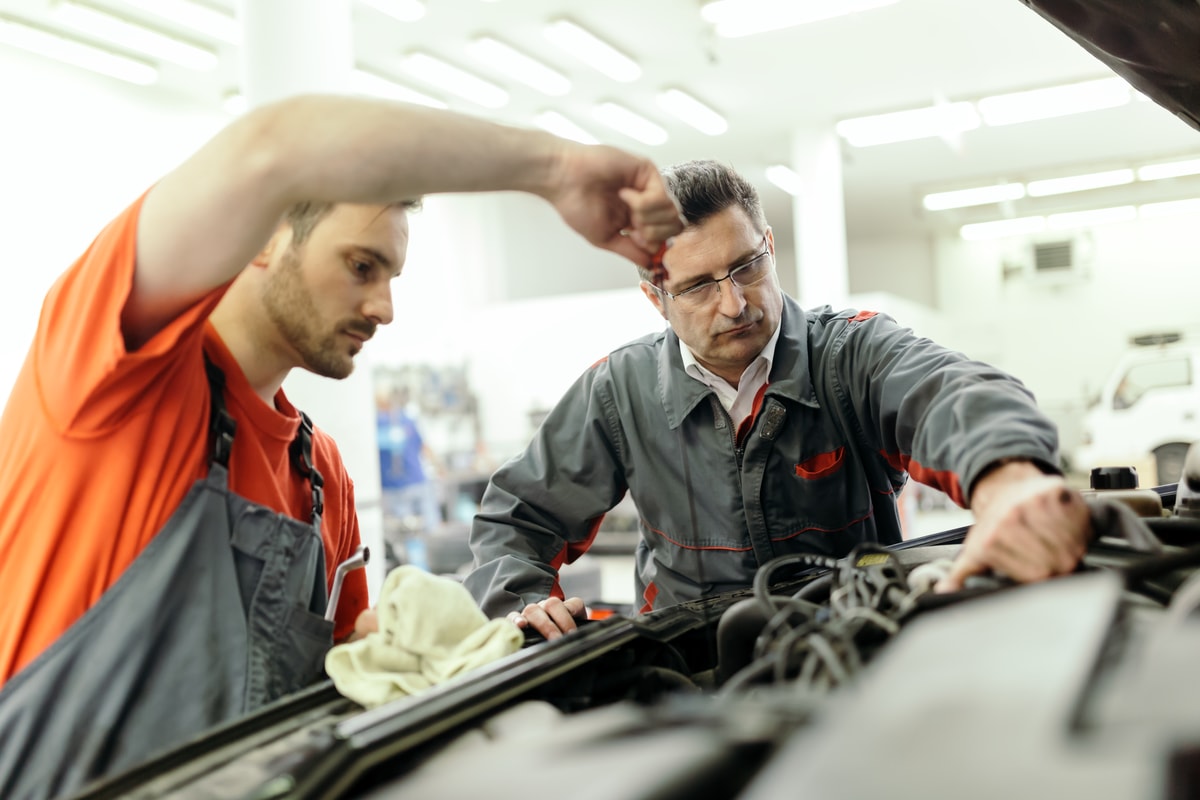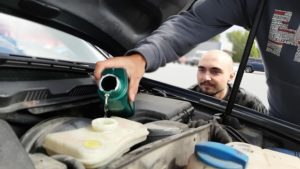There was a time when there was nothing more American than the sight and sound of a ’65 Shelby Mustang roaring through the streets of small-town America. Everyone wanted a muscle car in the 60s and 70s, which then led to the rise in classic car enthusiasm once teenagers from these decades grew too old for drag races and wheel spins. But, with Facebook, TikTok, and Instagram ruling the lives of many teenagers nowadays, will the next generation have the time and desire to be that enthusiastic about classic cars? Here’s our take on the future of classic car enthusiasm in the US.
What the studies say
Studies show that there is little appetite from the current generation for what most people would call “classic cars”. In fact, the same studies show there has been a drop in interest from Generation Z when it comes to any type of material collectibles. This is the result of digitalization, which means kids these days are more interested in abstract things such as memories on Facebook or their social media presence than physical items like cars, fine china, or jewelry.
In addition, younger people nowadays tend to look for different things in the car of their choice—sustainability, comfort, and cost-effectiveness are all top of the list, leaving classic cars in the dust. Love for the classics has now become a niche and quirky collecting habit. How often do you meet someone under 30 who collects ’60s and ’70s vehicles? Probably never. These are all signs that the love that Baby Boomers have for the classics is dying out.
A new hope?
While all this may seem like doom and gloom for the world of classic car enthusiasts, there is some hope out there! According to Automoblog.net, there is still a budding scene for young car enthusiasts, but rather than having an unparalleled love for ’60s and ’70s muscle cars, they’re getting excited about cars that Baby Boomers think of as “old new” cars. Examples include the 1988-91 Honda CRX Si, the 1998-2002 BMW Roadster, and the 1999-2005 Ferrari 360.
While these may not fall under the “classic car” umbrella for someone in their 50s or 60s, for someone in their 20s, they’re considered retro! It seems that if classic car enthusiasm is going to have any kind of future at all, us older folk will need to accept that these “old new” cars can and should be considered modern classics. And if we really want the hobby to stay alive for generations to come, we should not only accept this but also actively encourage the inclusion of these vehicles at classic car shows to enthuse the younger generation.
The future of classic car enthusiasm is a hot topic in the world of car collectors. There are still many purists out there that believe the love for anything ’60s and ’70s is the only type of vehicle that should be considered classic. But the truth is, if we really want to see the hobby continue into the future, us older folk need to accept that the term “classic” is flexible and malleable, and we should, therefore, encourage the enthusiasm that younger people have for the “new classics”. Here at JD’s Auto Repair, we love cars new and old, so don’t hesitate to bring us your vehicle if it needs any work or a simple tune-up.




